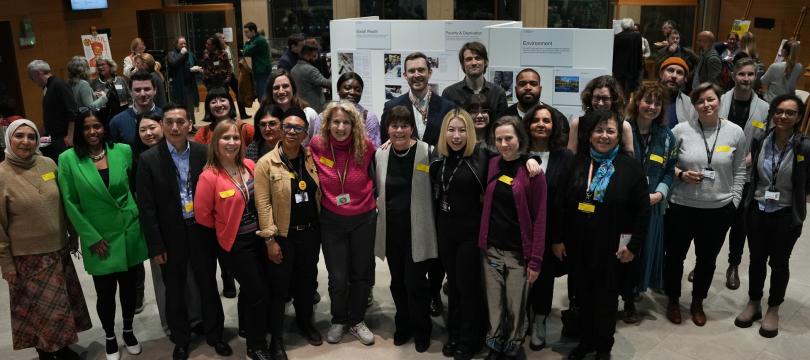Perspectives on school-university partnerships

09 / 05 / 2019
Dr Kirsty Ross, Outreach Office at the University of Strathclyde, introduces the school-university ‘Perspectives on Partnership’ tool.
The Perspectives on Partnerships (PoP) tool emerged from the highly collaborative School-University Partnership Initiative (SUPI) funded by RCUK and coordinated by the NCCPE. Twelve universities explored a diverse range of activities to strengthen relationships between their researchers and children and teachers in schools, facilitated by skilled public engagement professionals. Whilst I was still working as a postdoc, I had the pleasure of mentoring students from Bellahouston Academy, a school on the south side of the Clyde in Glasgow, as part of the University of Strathclyde’s Model of University Schools Engagement (MUSE) project. As a direct result of my experience with MUSE, I transitioned away from the bench and into public engagement with research full time.
Relationships at the heart of the partnership
Every university involved in SUPI employed different methods to work with schools. Some worked well, some required additional refinement, and all those skills and expertise have been collated into the PoP tool, with accompanying NCCPE workshops that share that hard-won knowledge. SUPI projects that were most successful were those that placed strong working relationships at the heart of the partnership. Teachers, young people, researchers and engagement professionals all bring very different skills and lived experience to the table. The PoP tool enables you to tease out what each partner wants from the relationship and ensures that everyone is on the same page. To steal a project management phrase, it is important to define what is ‘in scope’ and ‘out of scope’ to make sure that no one is left disappointed. The last thing any of us want to do is erode trust in our relationships by not meeting expectations.
Using the PoP tool with young people
I’ve used the PoP tool in my own public engagement practice. For example, by demonstrating it to young people who were on work experience with me, I discovered that young people in Scotland have the option to ‘crash’ a subject, should they choose to in years S5 and S6. Coming from an English educational background, I had no idea that this was possible and it showed me that the latter stages of high school are excellent opportunities to engage with young people and demonstrate the possibilities that a STEM (or other subject) career can offer. They also shared their boredom with weekly assemblies, and suggested that these were excellent opportunities to talk to large numbers of young people, without teachers operating as ‘gatekeepers’. None of these insights would have been possible without the prompts provided by the PoP tool.
By using the tool in my engagement practice, it has enabled me to have up front and honest conversations before establishing new partnerships between schools, universities and researchers.
